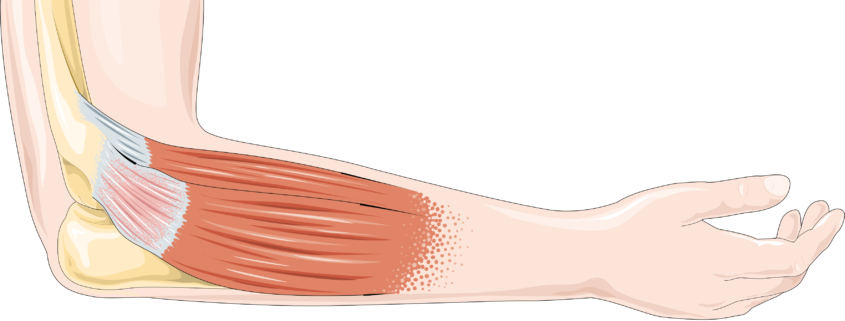Tendinitis

Overview
Tendinitis is a common condition that involves swelling, irritation, or inflammation of a tendon. Tendons are the thick fibrous cords that attach muscles to bones. This ailment can occur in any of your body’s tendons but is most often seen around your shoulders, elbows, wrists, knees, and heels. It is often the result of repetitive, minor impact on the area, or from a sudden, more severe injury. Proper care can relieve discomfort and prevent further damage.
Types
Tendinitis can be classified based on the location in the body where it occurs. Common types include:
– Achilles Tendinitis: This affects the Achilles tendon in your foot.
– Tennis or Golfer’s Elbow: This type impacts the tendons of the elbow.
– Rotator Cuff Tendinitis: This affects the shoulder tendons.
– Patellar Tendinitis or Jumper’s Knee: This targets the tendon over the front of the knee.
Causes
Tendinitis is usually caused by repetitive, minor impact on the affected area, or from a sudden more serious injury. There are many activities that can cause tendinitis, including:
– Gardening
– Shoveling
– Painting
– Scrubbing
– Repeated heavy lifting
– Overuse or strain during athletic activities
Age is another factor as tendons become less flexible with age which can make them easier to injure.
Symptoms
The signs and symptoms of tendinitis usually occur at the point where a tendon attaches to a bone and typically include:
– Pain, often described as a dull ache, especially when moving the affected limb or joint.
– Tenderness.
– Mild swelling.
– The sensation of a lump along the tendon.
Diagnosis
Diagnosis of tendinitis begins with a complete medical history and physical examination. Your doctor may also order imaging tests such as:
– Ultrasound: This tool uses sound waves to visualize soft tissues like tendons.
– MRI: Magnetic fields and radio waves are used to produce detailed images of structures within your body.
Treatment Options
Treatment of tendinitis includes:
– Rest and immobilization of the injured area
– Physical therapy for strengthening and stretching exercises
– Pain and anti-inflammatory medications
- Surgery (in rare, serious cases)
Living With Tendinitis
Living with tendinitis involves symptom management and preventive measures. Some tips for managing tendinitis include:
– Regular exercise with proper warm-up routine
– Maintaining good posture at work and home
– Taking regular breaks during repetitive tasks
– Learning correct technique for sports or work-related activities to prevent unnecessary strain
When to Seek Help
Most cases of tendinitis can be successfully treated with rest, physical therapy, and medications. However, you should seek medical help immediately if:
– The pain or swelling becomes severe
- You experience a sharp, sudden pain, as this could indicate a tendon rupture
– You have a fever, as this could signal an infection
– The pain doesn’t improve after a few days of home treatment
By understanding tendinitis and its causes, symptoms, and treatments, you can better manage the condition and prevent future instances. Remember to consult your healthcare provider for personalized advice concerning this condition.
